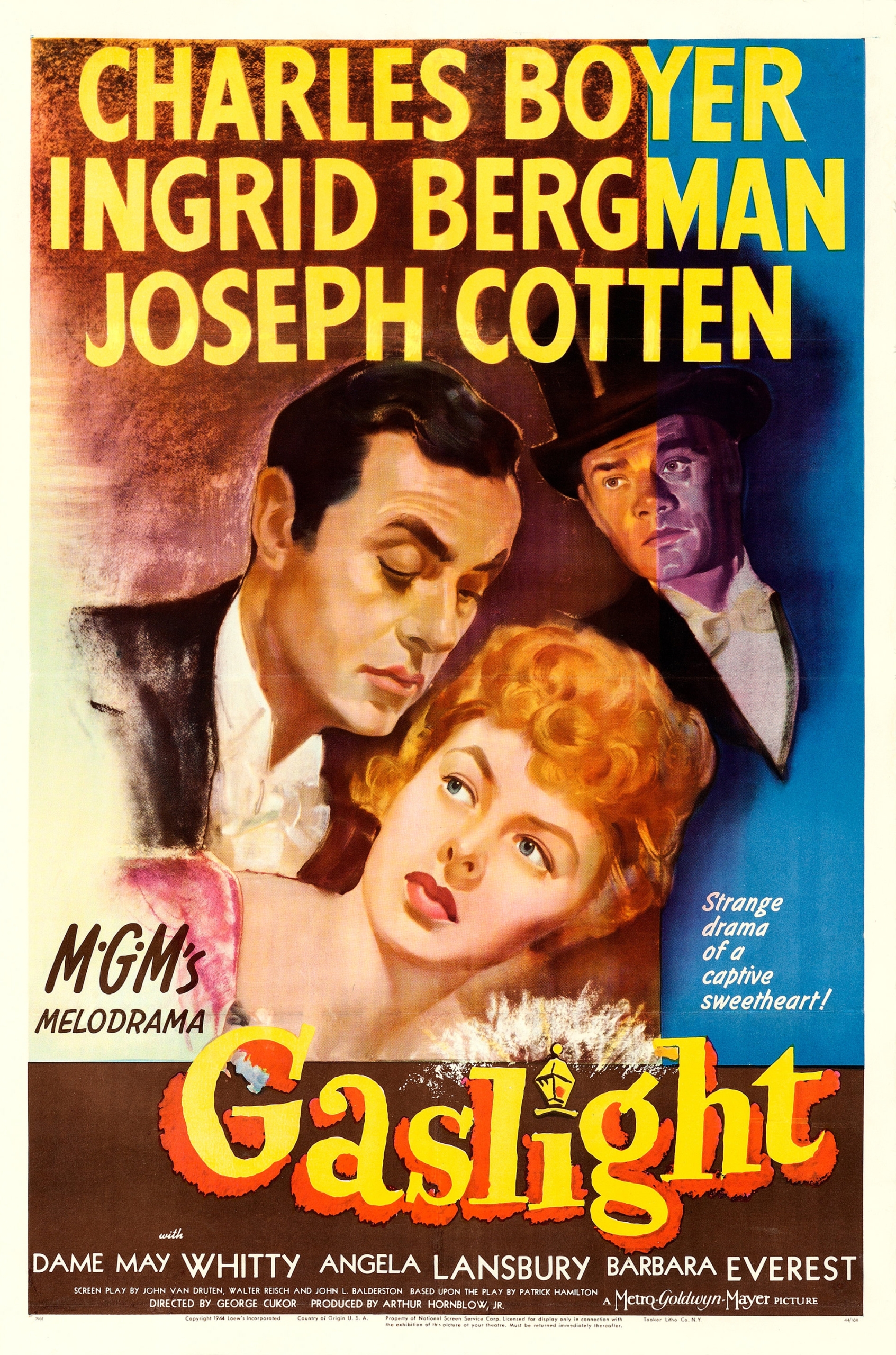Learning Is A Joy: A Foundation For ESAs

Adam Crain
Education Savings Accounts (ESAs) are the 21st century education choice program that gives parents the ability to customize their child’s education. But what is the rationale for ESAs and where did they get their beginning?
ESA’s are the latest innovation in the education choice movement begun by economist Milton Friedman in the 1960’s. Dr. Friedman drew his conclusions about education from basic laws of economics, arguing that introducing competition into the monopoly of public education would both lower costs for taxpayers and increase effectiveness for students. He noted:
“Nobody spends somebody else’s money as carefully as he spends his own. Nobody uses somebody else’s resources as carefully as he uses his own. So if you want efficiency and effectiveness, if you want knowledge to be properly utilized, you have to do it through means of private property.”
It is from this basic economic argument that ESAs – and a host of other education choice options – spring. Nobody will shepherd resources for their child’s education more carefully than a parent. Which is why ESAs are specifically designed to allow parents to personally access state funds to customize their child’s education. ESAs are the most flexible option available to parents, whether they are paying for school tuition, tutors, textbooks or therapies – whatever their child needs to reach their full education potential.
This innovation is the best achievement of Milton Friedman’s vision and economic map for the improvement of education. Through the combination of competition and individual liberty, parents will be able to find how their child learns best and create a personalized education that meets that child’s individual needs.
Other states are already figuring this out: so why not South Carolina? Noone will ever spend money as carefully on your child’s education as well as you, the parent, will.
This is Milton Friedman’s genius – will you join us in making ESAs a reality in South Carolina?
Be sure you’re caught up on this series!
Learning is a Joy: Introduction




